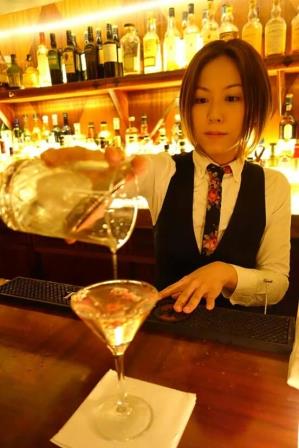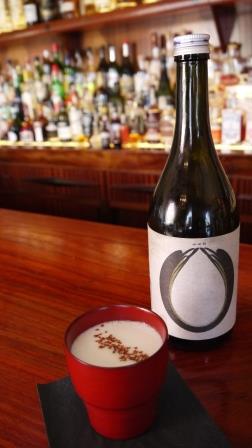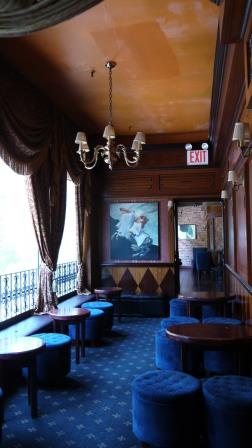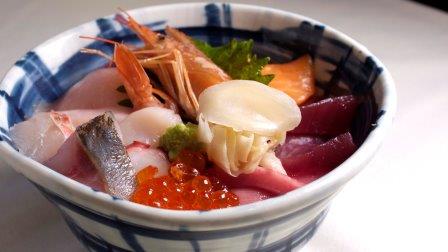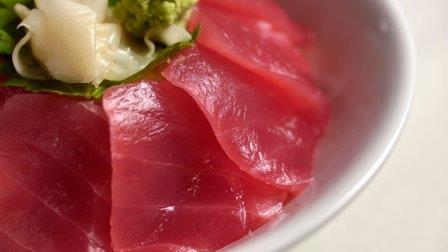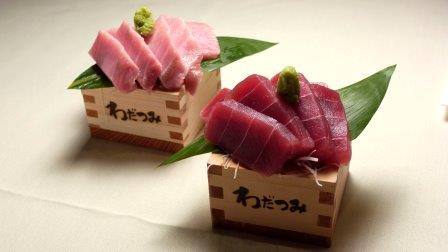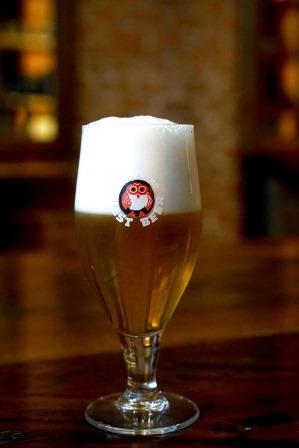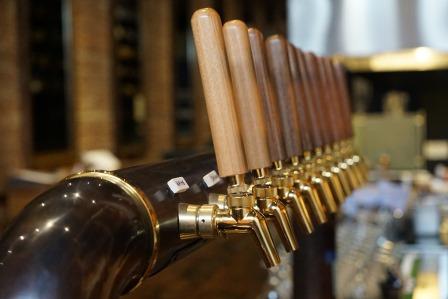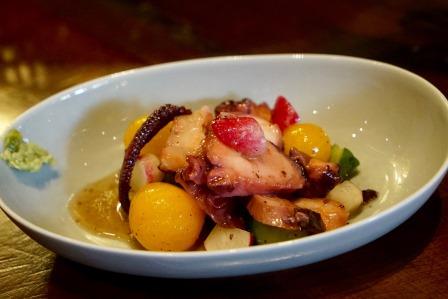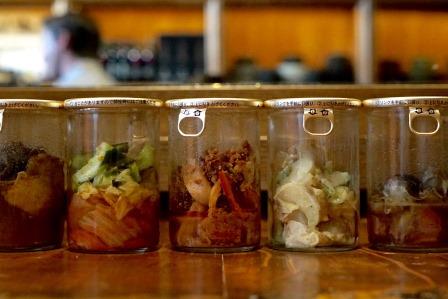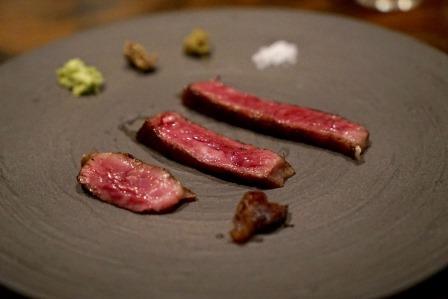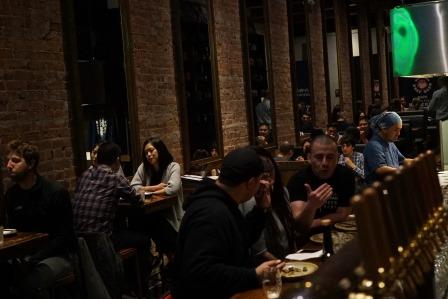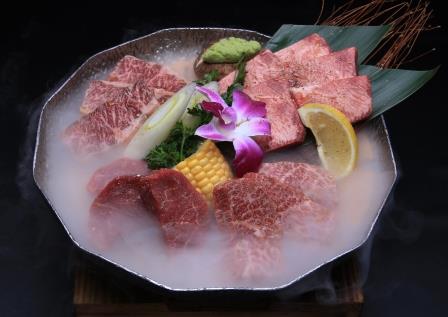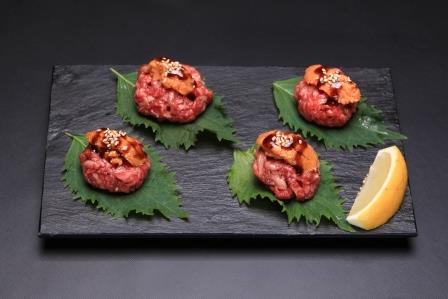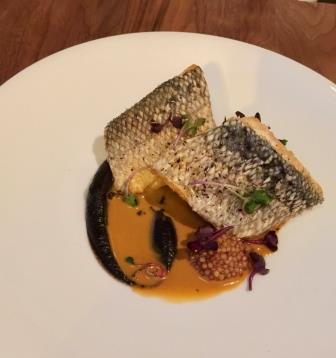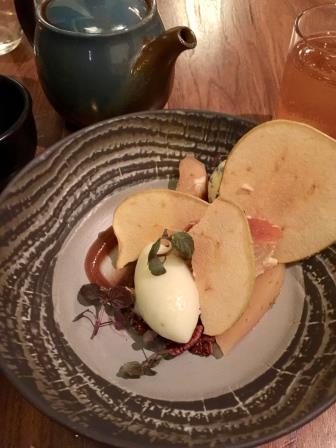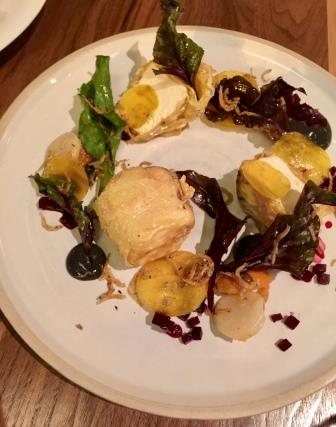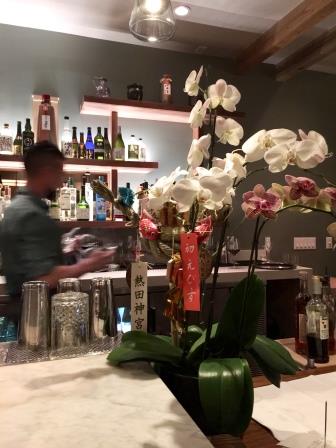"Kosher Certification Part 3"
By Kosuke Kuji
I think there are very few people that know how the kosher certification is done. Kosher mark means "the food is sanitary", "manufacturing process is done appropriately", "all ingredients of the product meet the standards and are good for the consumers", "guarantees that the product does not use dairy products for ingredients and it is dairy allergy free" etc.
Kosher certification for meats and dairy products are very difficult and have high hurdles for that reason, but regarding the "Japanese sake" or "liqueur" that was certified for Nanbu Bijin this time originally doesn't use dairy products, doesn't use any animal products like meat etc as an ingredient and felt that we would get certified fairly smoothly.
However, if you look across Japan, there are only a few companies besides Nanbu Bijin that have received Kosher certification for Japanese sake. Also there is only one company in the U.S. that manufactures Japanese sake that has Kosher certification. For liqueur, umeshu (plum wine) by Choya is sold as Kosher only in Israel, but is not Kosher in Japan or the U.S. etc. Liqueur, specially regarding umeshu, probably Nanbu Bijin is probably the first to sell as Kosher in the world.
In addition, for the two liquors of Japanese sake and liqueur, Nanbu Bijin is probably the only company in the world that has Kosher certification.
For Kosher certification, it starts from having the rabbi who is a leader of Judaism review the ingredients and manufacturing steps. I would like to write the details of this in the next issue.
酒豪大陸「コーシャ認定 その3」
コーシャの認定がどのように行われるか、知っている人は大変少ないと思います。コーシャマークが意味するのは「その食品が衛生的であること」「製造過程が的確に管理されていること」「製品の原材料全てが規定を満たし、消費者のために良いものであること」「原材料に乳製品を使用せずに作られた、乳製品アレルギーフリーの保証」などがあります。
肉や乳製品でのコーシャの認定は、そのために大変難しく、高いハードルがありますが、今回南部美人が認定された「日本酒」や「リキュール」に関しては、もともと乳製品は使っていませんし、原材料に肉などの動物性のものは一切使っていないため、比較的認定を受けやすいと思っていました。
しかし、日本国内を見渡すと、コーシャ認定を受けている日本酒というのは、南部美人以外にも数社しかありません。さらにアメリカで生産される日本酒も1社しかコーシャの認定を受けていません。リキュールになると、CHOYAの梅酒がイスラエルのみでコーシャで販売していますが、日本やアメリカなどではコーシャではありません。リキュール、特に梅酒に関しては、世界中でコーシャで販売しているのは南部美人がおそらく初めてになります。
さらに、日本酒、リキュールの2種類のお酒でコーシャの認定をされているのは、世界中で南部美人だけとなります。
コーシャの認定は、まずはその原材料や製造工程をユダヤ教の指導者であるラビに見てもらうところから始まります。詳しい様子などについては次回に書きたいと思います。
I think there are very few people that know how the kosher certification is done. Kosher mark means "the food is sanitary", "manufacturing process is done appropriately", "all ingredients of the product meet the standards and are good for the consumers", "guarantees that the product does not use dairy products for ingredients and it is dairy allergy free" etc.
Kosher certification for meats and dairy products are very difficult and have high hurdles for that reason, but regarding the "Japanese sake" or "liqueur" that was certified for Nanbu Bijin this time originally doesn't use dairy products, doesn't use any animal products like meat etc as an ingredient and felt that we would get certified fairly smoothly.
However, if you look across Japan, there are only a few companies besides Nanbu Bijin that have received Kosher certification for Japanese sake. Also there is only one company in the U.S. that manufactures Japanese sake that has Kosher certification. For liqueur, umeshu (plum wine) by Choya is sold as Kosher only in Israel, but is not Kosher in Japan or the U.S. etc. Liqueur, specially regarding umeshu, probably Nanbu Bijin is probably the first to sell as Kosher in the world.
In addition, for the two liquors of Japanese sake and liqueur, Nanbu Bijin is probably the only company in the world that has Kosher certification.
For Kosher certification, it starts from having the rabbi who is a leader of Judaism review the ingredients and manufacturing steps. I would like to write the details of this in the next issue.
酒豪大陸「コーシャ認定 その3」
コーシャの認定がどのように行われるか、知っている人は大変少ないと思います。コーシャマークが意味するのは「その食品が衛生的であること」「製造過程が的確に管理されていること」「製品の原材料全てが規定を満たし、消費者のために良いものであること」「原材料に乳製品を使用せずに作られた、乳製品アレルギーフリーの保証」などがあります。
肉や乳製品でのコーシャの認定は、そのために大変難しく、高いハードルがありますが、今回南部美人が認定された「日本酒」や「リキュール」に関しては、もともと乳製品は使っていませんし、原材料に肉などの動物性のものは一切使っていないため、比較的認定を受けやすいと思っていました。
しかし、日本国内を見渡すと、コーシャ認定を受けている日本酒というのは、南部美人以外にも数社しかありません。さらにアメリカで生産される日本酒も1社しかコーシャの認定を受けていません。リキュールになると、CHOYAの梅酒がイスラエルのみでコーシャで販売していますが、日本やアメリカなどではコーシャではありません。リキュール、特に梅酒に関しては、世界中でコーシャで販売しているのは南部美人がおそらく初めてになります。
さらに、日本酒、リキュールの2種類のお酒でコーシャの認定をされているのは、世界中で南部美人だけとなります。
コーシャの認定は、まずはその原材料や製造工程をユダヤ教の指導者であるラビに見てもらうところから始まります。詳しい様子などについては次回に書きたいと思います。







